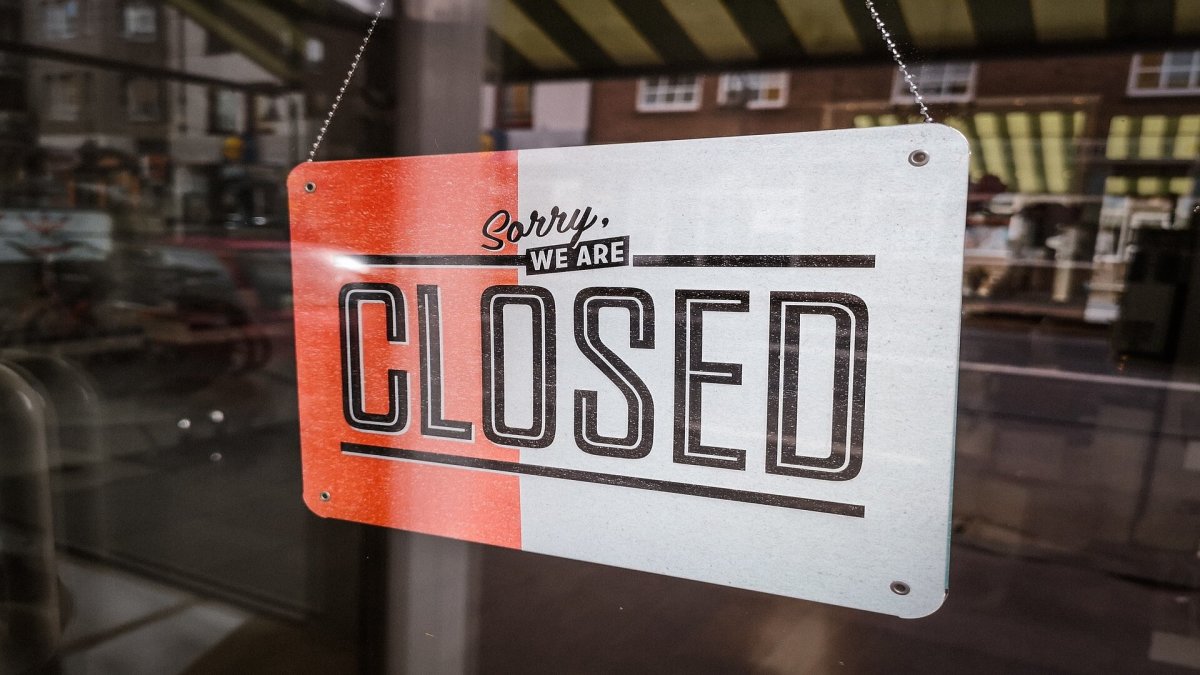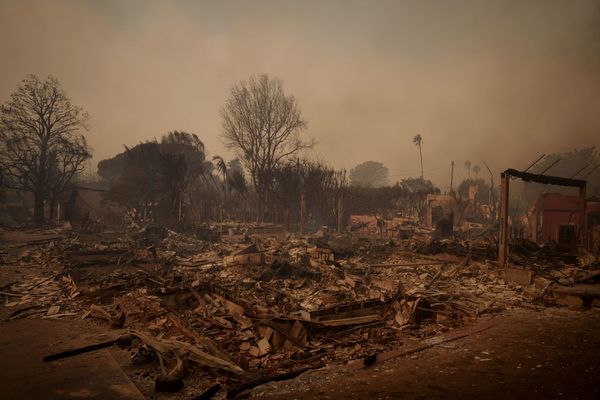
It may feel like you have more choices than ever before as a consumer in 2024.
And to some extent, that's true. As long as you're willing to shop at a few major giants.
Consolidation in the retail space is a fickle trend. On the one hand, consumers have access to more brands, diversity of pricing, and variety than ever before. But on the back end of most every transaction we make, only a few corporate giants reign supreme.
Many smaller operations, like mom and pop grocery stores, regional drugstores, and specialty retailers have struggled to stay competitive. Their market share has been snapped up by large incumbents who have the pricing power and footprints large enough to buy out most competition and largely flatten the landscape.
Related: Discount retailer's Chapter 11 bankruptcy turns into liquidation
Pair that with a post-covid rise in retail theft and employee attrition, and struggling retailers have been forced to make some difficult cuts and decisions in an effort to stay afloat.
This is largely why your local strip mall is now more likely to feature a Target (TGT) , Walmart (WMT) , or Kroger than it is to feature localized mainstays. Some folks appreciate this convenience. After all, it makes errands far easier when you just need to stop at one store for appliances, pet food, back to school supplies, prescription drugs, and groceries.
Local grocery stores struggle
But it makes local business harder to conduct. Stop and Shop is one such regional chain. Common in New England, the grocery chain is owned by Ahold Delhaize but has been sputtering along as a changing tide sweeps through the food staples category.
Related: Walmart is under fire over clearance pricing practice
Ahold Delhaize also operates Food Lion, Hannaford, Giant Food and The Giant Company.
In 2018, the chain embarked on a sweeping store renovation campaign, remodeling around 200 locations in an effort to attract more customers. But then Covid hit, and the stores not only slowed renovation efforts but continued to lose market share to larger giants.
More Retail:
- Ulta CEO sounds the alarm on a growing problem
- Lululemon releases a first-of-its-kind product
- Target store introduces a new 'over 18' policy
- Amazon launches genius new subscription product
In May, it said it would close an unspecified number of stores.
"The value proposition and pricing at Stop & Shop are simply not strong enough,” Ahold Delhaize USA CEO JJ Fleeman said at the time.
It also said it would invest approximately $1 billion into its U.S. stores to reduce prices in an effort to stay competitive.
Stop and Shop closing over 30 stores
But despite its best efforts, Stop and Shop has continued to regain its foothold. It revealed on July 12 that it would close 32 store locations, mostly clustered around New England, as it attempts to right the ship and shore up profits.
The closures will be in:
- Connecticut: 5 stores
- Massachusetts: 8 stores
- New Jersey: 10 stores
- Rhode Island: 2 stores
- New York: 7 stores
Despite the anticipated closures, the chain reassured customers it will “continue to have a strong presence across its five-state footprint with more than 350 stores.”
It also said it would offer all affected employees jobs with stores that remain open, and will inform them "well in advance" of any closures.
The grocery chain still plans to go ahead with the sweeping store renovation campaign, and maintains that the newer stores outperform older, outdated ones.
Related: Veteran fund manager picks favorite stocks for 2024







